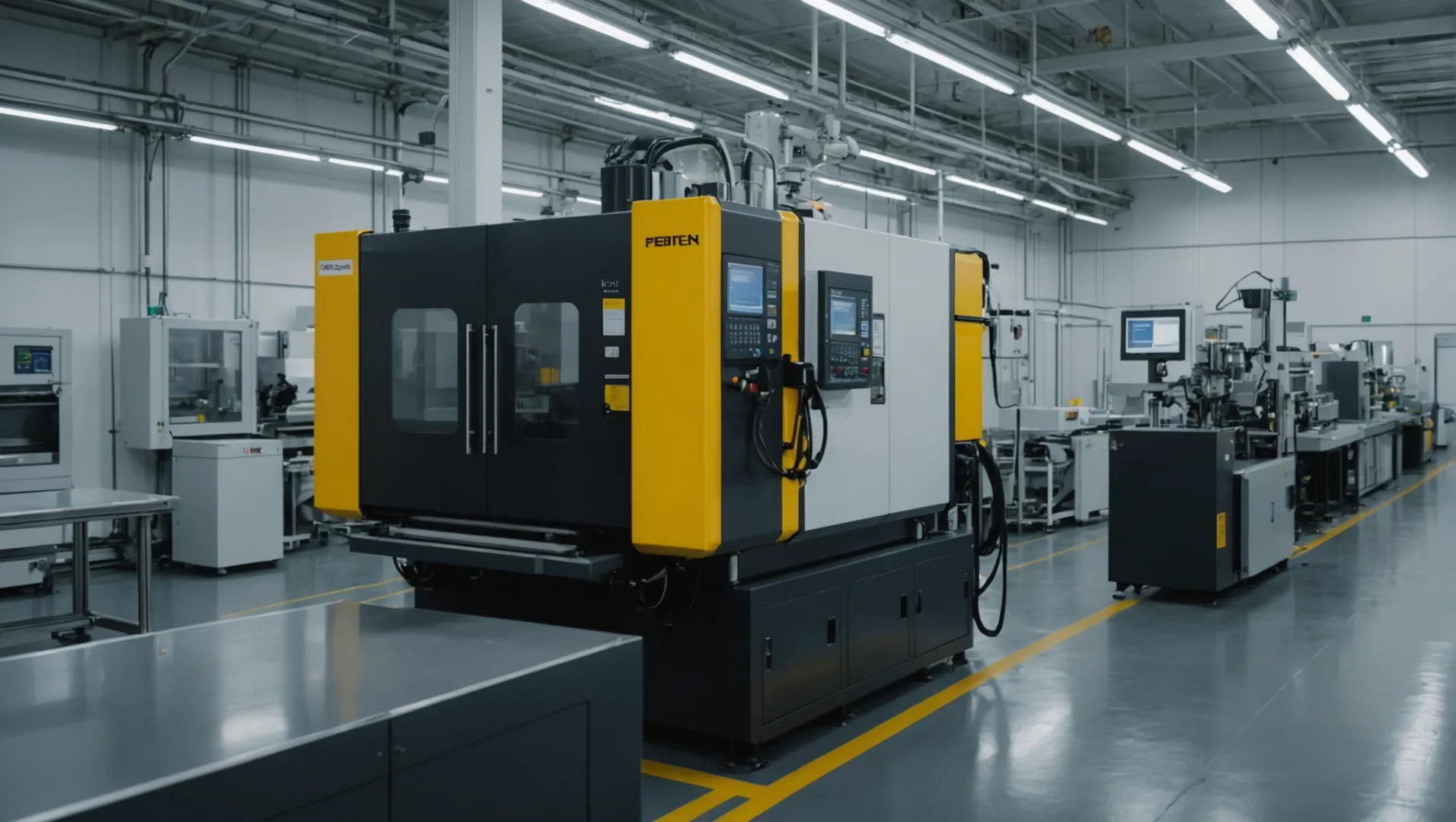
Understanding how to prevent raw material decomposition can transform your injection molding process!
Preventing raw material decomposition is crucial in injection molding to ensure high-quality products free from defects like bubbles or splay marks.
While these initial steps provide a solid foundation, diving deeper into the specifics of raw material handling and process optimization can significantly enhance your results. Explore the following detailed strategies to further improve your injection molding process.
Thermal stability is key in selecting raw materials.True
Materials with high thermal stability resist decomposition under heat.
What Are the Key Factors in Selecting Raw Materials?
Choosing the right raw materials is a pivotal step in ensuring product quality and preventing decomposition during the injection molding process.
Key factors in selecting raw materials include thermal stability, impurity levels, and compatibility with intended product applications. Ensuring these aspects can prevent decomposition and improve the overall efficiency of injection molding processes.
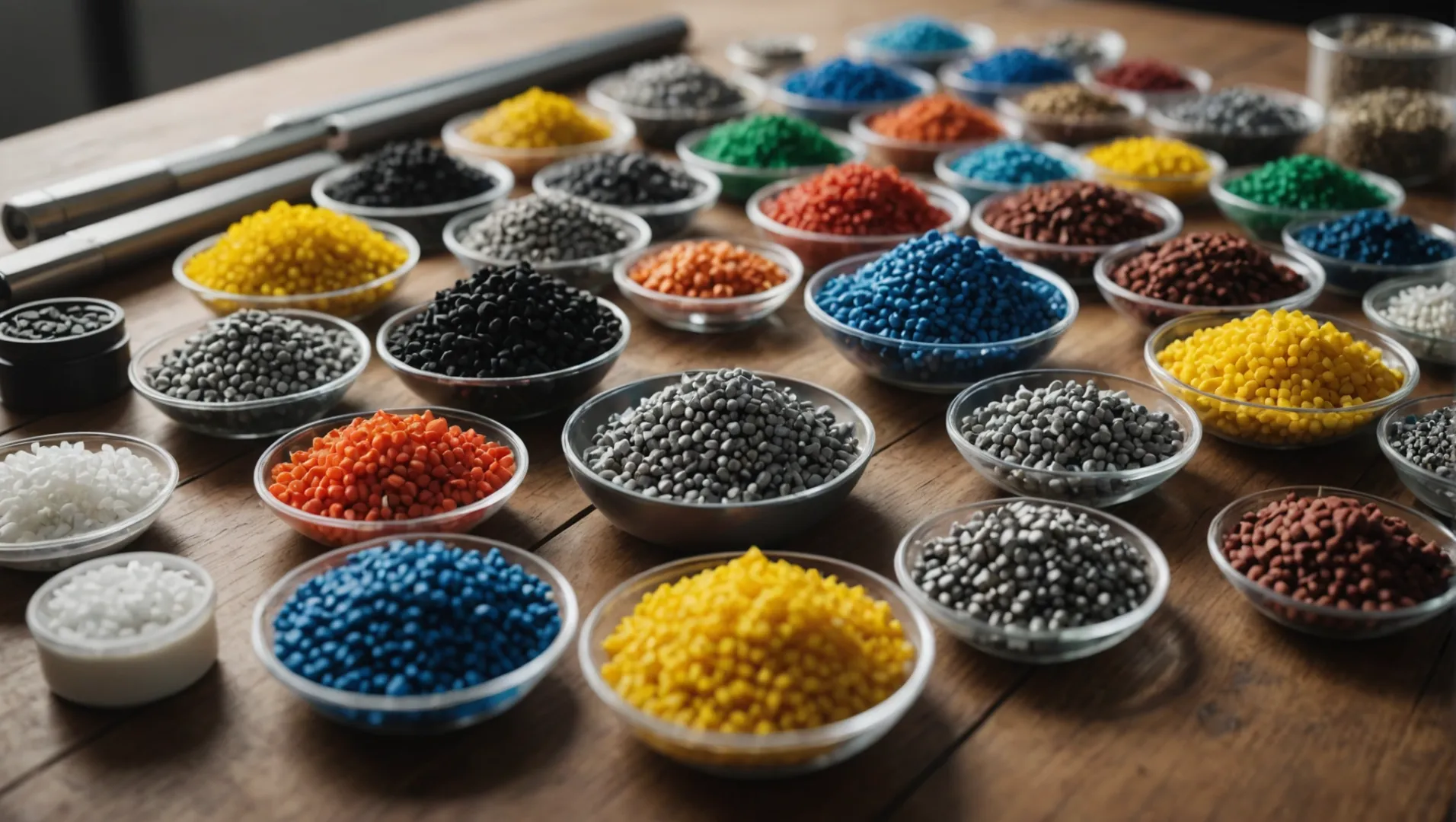
Understanding Material Characteristics
Selecting the appropriate raw material begins with a thorough understanding of its characteristics. Consider aspects such as thermal stability, which is crucial in high-temperature environments. For example, engineering plastics1 that withstand higher temperatures can prevent decomposition and ensure product durability.
Additionally, it’s essential to assess the material’s chemical resistance and mechanical properties to match the specific requirements of your product. Understanding these characteristics aids in choosing materials that will not only perform well under processing conditions but also meet end-use criteria.
Evaluating Impurity Levels
Impurities can lead to localized overheating and eventual decomposition during the injection molding process. Therefore, selecting materials with high purity levels is critical. Contaminants such as dust or moisture can significantly affect the thermal stability of raw materials, as they may react chemically under heat.
A practical approach is to conduct a detailed analysis of potential impurities before making a purchase. Collaborating with suppliers who provide comprehensive material data sheets can help you make informed decisions.
Storage and Handling Considerations
Proper storage is another vital factor in maintaining the integrity of raw materials. Materials should be stored in environments that are dry, cool, and free from direct sunlight to prevent premature aging or degradation. Implementing a system for regular checks can ensure optimal conditions are consistently maintained.
Compatibility with Product Requirements
Finally, ensure that the selected material aligns with the intended application of your product. Consideration of factors such as load-bearing capacity, flexibility, and environmental exposure is necessary for optimal performance.
For instance, if a product is designed for outdoor use, UV-resistant materials should be prioritized to avoid degradation over time. Balancing these considerations against cost constraints can be challenging but ultimately leads to better product quality and longevity.
By focusing on these key factors—material characteristics, impurity levels, storage conditions, and compatibility with product requirements—you can significantly reduce the risk of decomposition and enhance the efficiency of your injection molding operations.
Thermal stability prevents decomposition in injection molding.True
Thermal stability is crucial to prevent decomposition in high-temperature processes.
Impurity levels do not affect raw material performance.False
Impurities can cause overheating and decomposition, affecting performance.
How Can Process Parameters Be Optimized for Stability?
Optimizing process parameters in injection molding ensures stability, minimizing defects and enhancing product quality.
To optimize process parameters for stability in injection molding, focus on controlling temperature, pressure, and speed. Use precise instruments to monitor these factors in real-time and make necessary adjustments swiftly to prevent raw material decomposition and ensure consistent product quality.
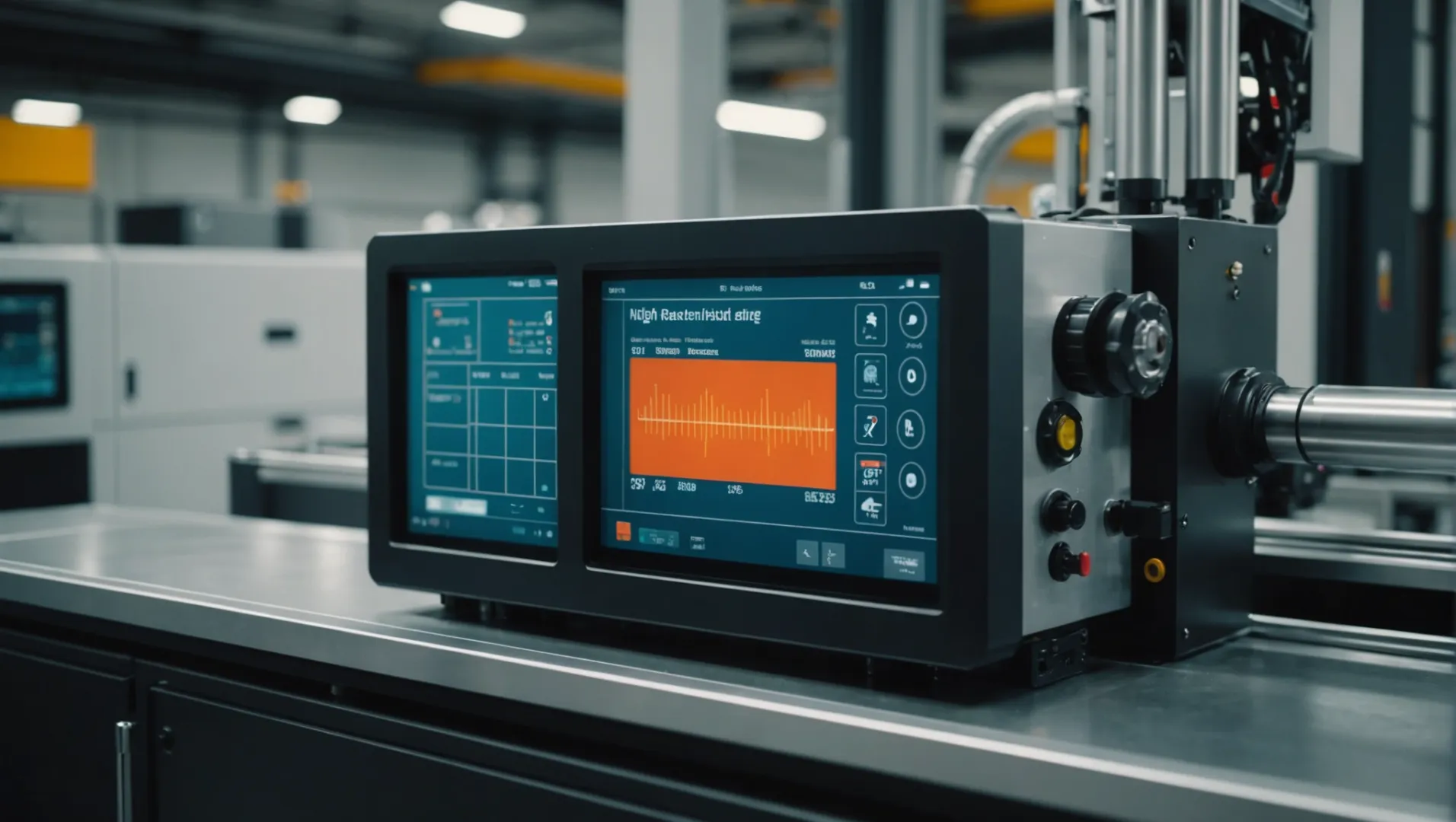
Temperature Control
Temperature is a critical factor in the stability of injection molding processes. Excessive heat can cause the decomposition of raw materials, leading to defects. To maintain optimal temperature:
-
Barrel Temperature Management: Adjust the temperature of each section of the barrel according to the raw materials’ properties and product specifications. Utilize a temperature sensor to monitor this in real-time, ensuring the process remains within safe limits. This prevents any undue thermal stress on the materials.
-
Cycle Time Optimization: Reduce the time raw materials spend in the barrel to avoid prolonged exposure to heat. Streamlining the injection molding cycle not only enhances efficiency but also minimizes the risk of material degradation.
Pressure Control
Proper management of pressure is crucial as high pressure can induce excessive frictional heat:
-
Adjust Injection Pressure: The pressure applied should match the structural needs of the product. Excessive pressure may lead to overheating and material breakdown.
-
Stability of Pressure Systems: Ensure that pressure systems are reliable, reducing fluctuations that could cause localized overheating and instability in the material properties.
Speed Control
Speed during injection impacts shear heat generation:
-
Injection Speed Management: Carefully control the speed to match the fluidity of the raw materials. Too fast a speed can generate unwanted heat, risking decomposition.
-
Multi-stage Injection: Implement different speeds at various stages of injection to balance shear heat production, enhancing overall stability.
Monitoring and Real-Time Adjustments
Utilizing advanced monitoring tools is essential:
-
Real-Time Monitoring Systems: Deploy systems that provide instant feedback on temperature, pressure, and speed. This allows for immediate adjustments, preventing conditions that lead to decomposition.
-
Data Analysis for Process Improvement: Collect data consistently and analyze it for patterns or anomalies that might indicate suboptimal conditions. This continuous improvement cycle ensures long-term stability and efficiency.
By understanding these factors2 and implementing precise controls, injection molding operations can maintain stability, ensuring high-quality outputs free from defects like decomposition or splay marks.
Real-time monitoring prevents defects in injection molding.True
Real-time monitoring allows for immediate adjustments, reducing defects.
Excessive pressure reduces stability in injection molding.True
High pressure causes overheating, leading to material instability.
What Maintenance Practices Are Essential for Equipment Longevity?
Proper maintenance is key to extending the lifespan of injection molding equipment, ensuring efficiency and minimizing costly breakdowns.
Essential maintenance practices for equipment longevity include regular cleaning, inspection, and lubrication of machinery components, especially screws and nozzles. This prevents wear, overheating, and raw material decomposition.
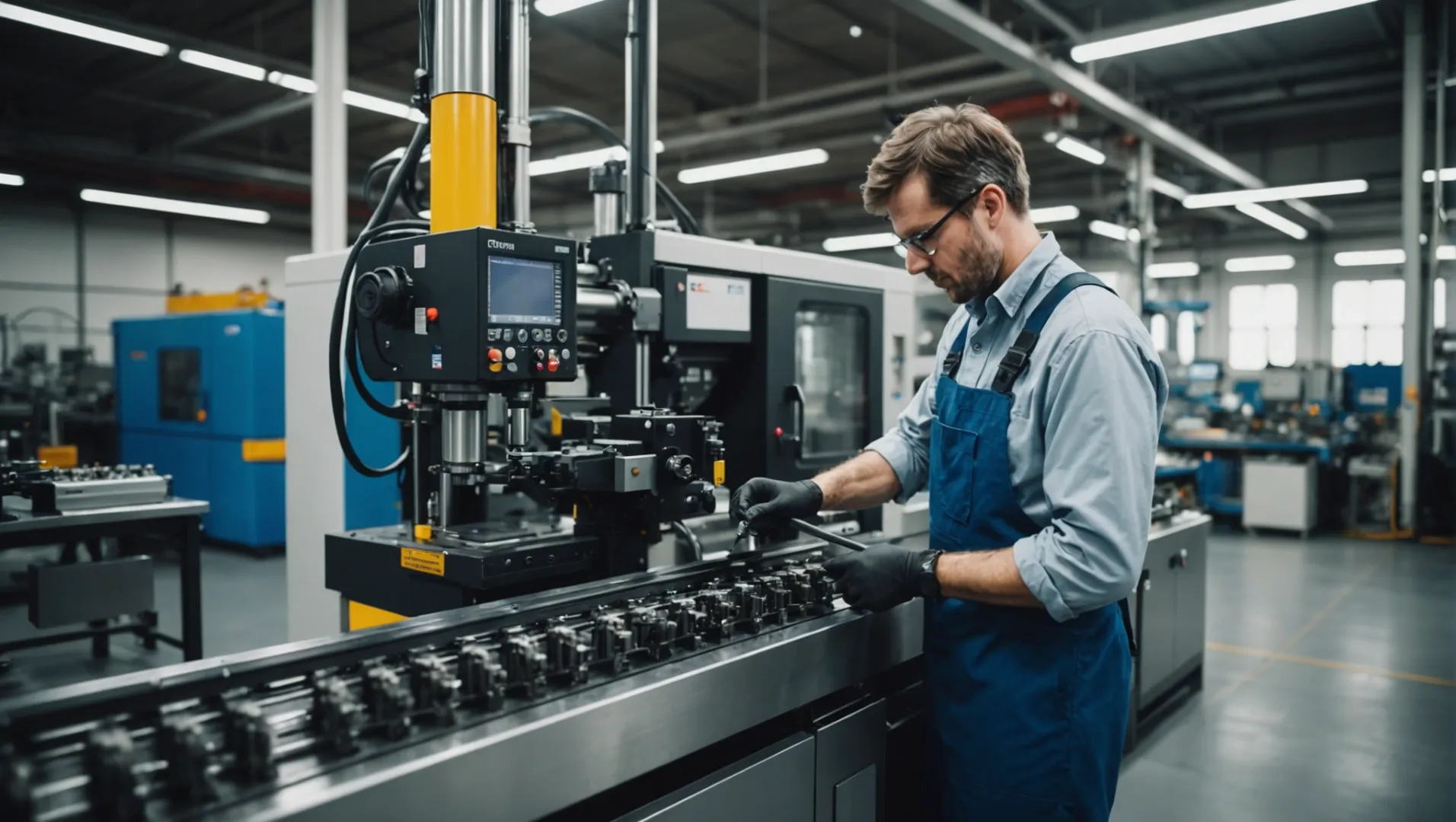
Regular Cleaning and Inspection
To maintain equipment longevity in injection molding, begin with consistent cleaning and inspection routines. Components such as the barrel, screw, and nozzle should be cleaned regularly to prevent residue build-up and carbon deposits. These residues can cause local overheating, leading to material decomposition3. Using specialized cleaning agents ensures thorough removal of contaminants without damaging the equipment.
Regular inspections should be part of your routine to identify wear and tear early. Focus on high-wear components like screws and nozzles. Identifying issues early allows for timely replacements or repairs, preventing more significant failures.
Lubrication and Component Replacement
Lubrication is crucial in minimizing friction within the machinery. Regularly lubricate the screw to reduce friction resistance, which subsequently lowers the heat generated during operation. This practice not only extends the life of the screw but also helps in maintaining the quality of your final product by reducing potential degradation.
In addition to lubrication, inspect components like the screw for wear. Severely worn screws should be replaced promptly to prevent excessive heat generation. Monitoring the pressure system can also help detect any inconsistencies that might lead to overheating.
Pressure and Temperature Control
Maintaining optimal pressure and temperature levels is vital. Implement real-time monitoring systems that allow for immediate adjustments if anomalies are detected. A stable pressure system prevents excessive fluctuations that can cause overheating, thus preserving both the raw materials and the equipment.
Utilize temperature sensors to keep barrel and nozzle temperatures within recommended ranges. This prevents overheating and ensures that materials do not degrade prematurely.
Staff Training and Awareness
Train your staff thoroughly on maintenance protocols and the importance of these practices. Educated operators are more likely to notice irregularities during operation, which can prevent potential breakdowns.
Moreover, trained personnel can perform basic troubleshooting and adjustments on-the-fly, ensuring that minor issues do not escalate into major problems that could damage equipment.
In summary, effective maintenance involves a mix of regular cleaning, detailed inspections, appropriate lubrication, and well-trained personnel. Implementing these practices not only prolongs the life of your equipment but also enhances overall productivity by reducing downtime.
Regular cleaning prevents material decomposition.True
Cleaning removes residues that cause overheating and decomposition.
Lubrication is unnecessary for injection molding equipment.False
Lubrication reduces friction, preventing wear and overheating.
Why Is Operator Training Crucial in Injection Molding?
Proper operator training is vital in injection molding, ensuring high efficiency and product quality while minimizing risks.
Operator training in injection molding is essential to enhance safety, improve efficiency, reduce material waste, and ensure product quality. Well-trained operators can identify and address issues promptly, maintain optimal machine settings, and adapt to technological advancements, leading to more consistent and reliable production outcomes.
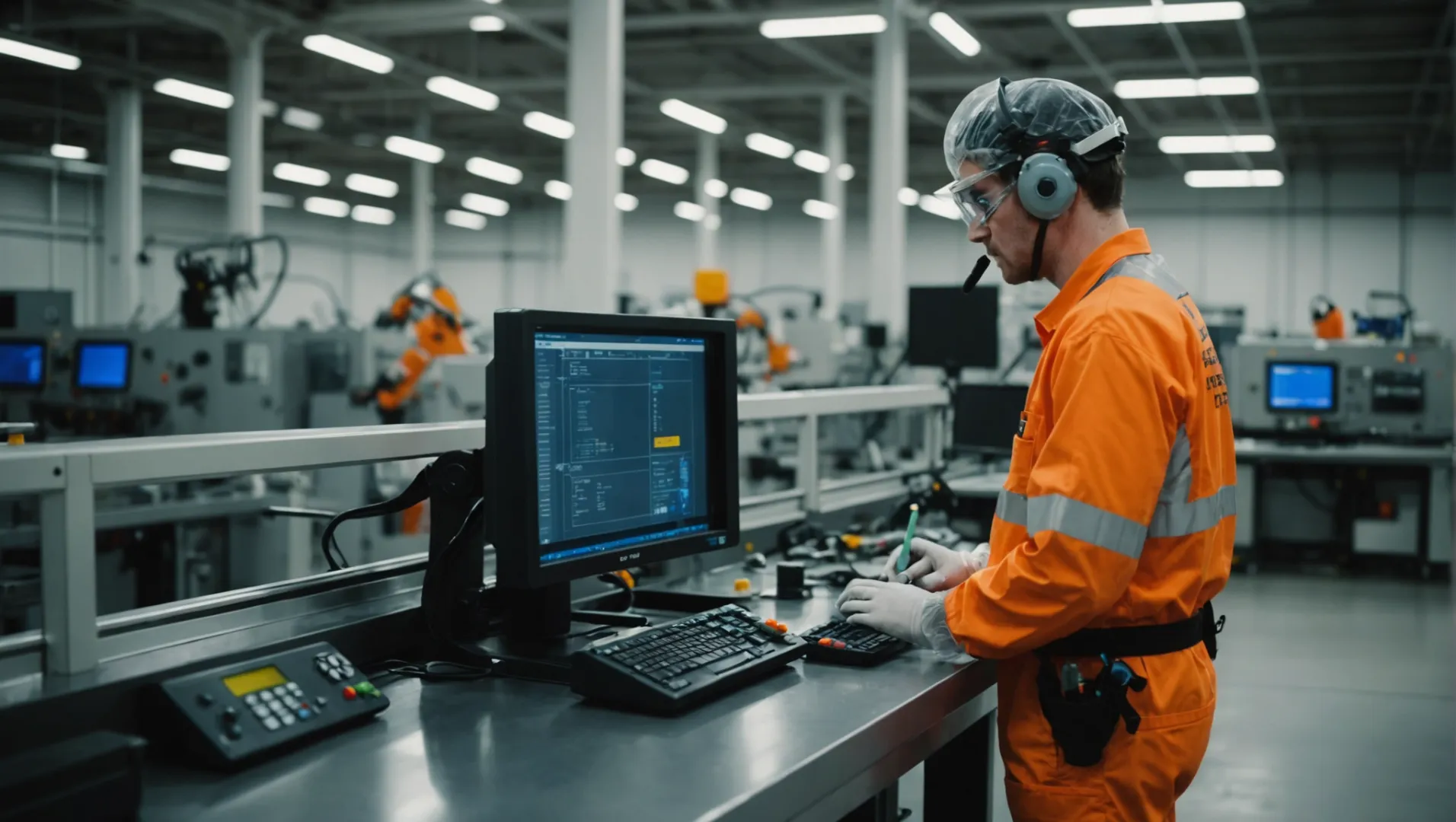
Understanding the Role of Operators
Operators in the injection molding industry4 serve as the frontline guardians of the entire manufacturing process. Their responsibilities are multifaceted, encompassing machine setup, monitoring production, quality control, and troubleshooting. Given this broad scope, comprehensive training becomes indispensable to ensure that operators are equipped with the necessary skills and knowledge.
Key Areas of Operator Training
-
Machine Operation
- Operators must understand the mechanics of different machines, including how to set up and adjust various parameters like temperature, pressure, and speed.
- Training in the use of control panels, sensors, and real-time monitoring systems enhances operators’ ability to maintain consistent production conditions.
-
Material Handling
- Knowing the characteristics of various raw materials enables operators to select the right materials and handle them correctly to prevent decomposition.
- Training covers proper storage techniques and preparation methods to maintain material integrity.
-
Safety Protocols
- Injection molding involves high temperatures and pressures; hence, understanding safety procedures is crucial to prevent accidents.
- Regular drills and safety training sessions ensure that operators can react swiftly in emergencies.
Benefits of Comprehensive Training
Enhanced Process Efficiency
Trained operators can optimize cycle times, reducing downtime and enhancing overall productivity. They are adept at fine-tuning machine settings for different materials and product specifications, leading to reduced material wastage.
Improved Product Quality
Operators familiar with the intricacies of injection molding can detect defects early in the production process. They understand the implications of parameter deviations and can make timely corrections, ensuring products meet quality standards consistently.
Adaptability to Technological Changes
As technology advances5, new machinery and software solutions become part of the manufacturing landscape. Continuous training ensures that operators remain proficient with these innovations, maintaining competitive production capabilities.
Developing a Training Program
- Initial Assessment: Evaluate operators’ current skill levels to tailor the training program accordingly.
- Practical Workshops: Hands-on training sessions enhance learning by providing real-world scenarios.
- Continuous Learning: Implement a system for regular updates on new technologies and industry best practices.
Conclusion
While operator training is often overlooked, it is a critical component in optimizing injection molding operations. By investing in comprehensive training programs, companies not only enhance their operational efficiency but also secure a competitive edge in the market.
Operator training reduces material waste.True
Training enables efficient machine operation, minimizing errors and waste.
Operators don't need to know safety protocols.False
Safety protocols are crucial due to high temperatures and pressures involved.
Conclusion
By implementing these strategies, you can prevent raw material decomposition, ensuring superior product quality and reduced production defects.
-
Learn about durable plastics that resist high temperatures.: Polyether ether ketone (PEEK) is a high-performance polymer used for engineering purposes. With a melting temperature of 343 °C, it is as … ↩
-
Discover how real-time monitoring enhances process stability and prevents defects.: Gaining insight into KPIs in real-time and across cycles can give manufacturers the feedback necessary to develop better planned and reactive … ↩
-
Learn effective cleaning methods to prevent material decomposition.: Keeping injection mold equipment and components clean and free from contaminants is of … ↩
-
Learn how operators influence every stage of the injection molding process.: The job duties of an injection molding operator include working to set up and operate machines that shape plastic or other materials through a process … ↩
-
Discover emerging technologies reshaping injection molding industry standards.: A great innovation for injection molding is structural foam molding. This process combines injection molding and gas-assisted injection molding … ↩






